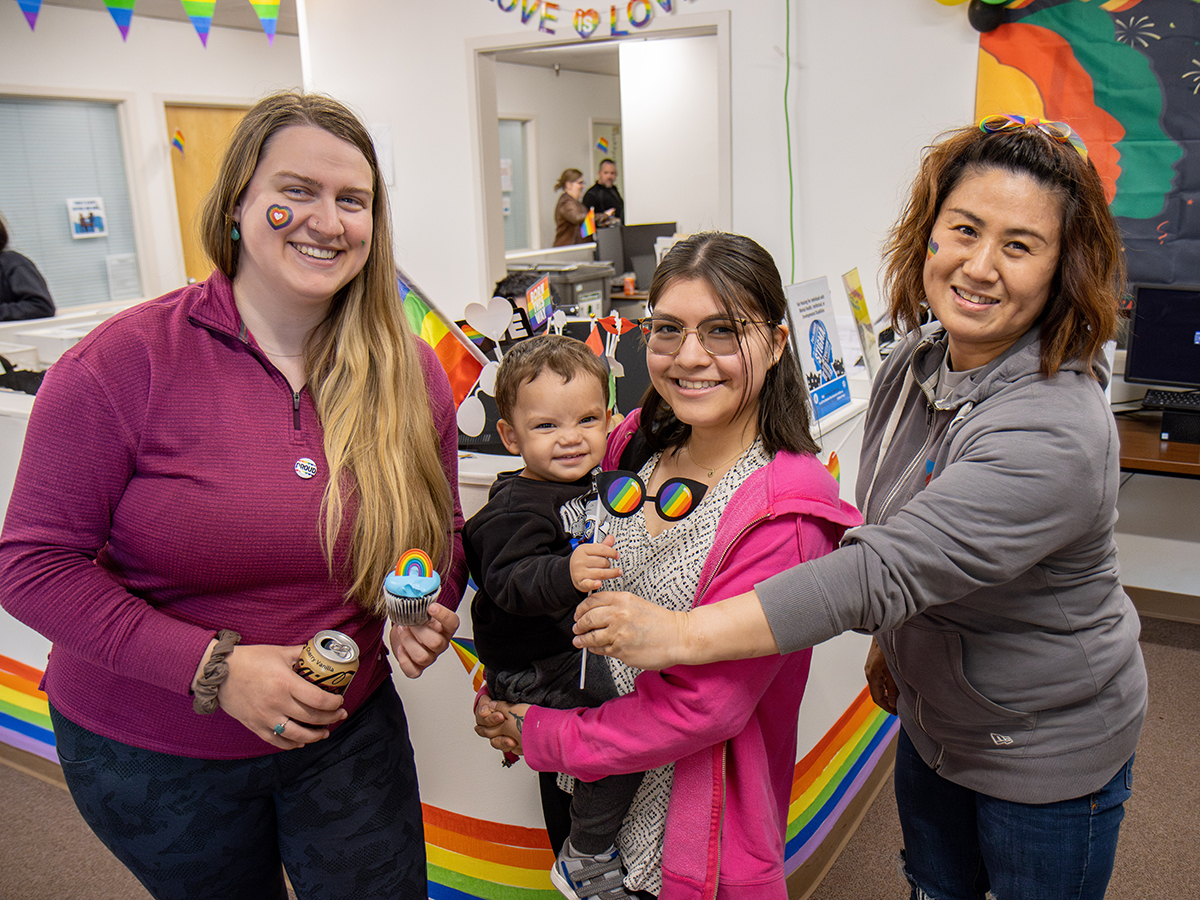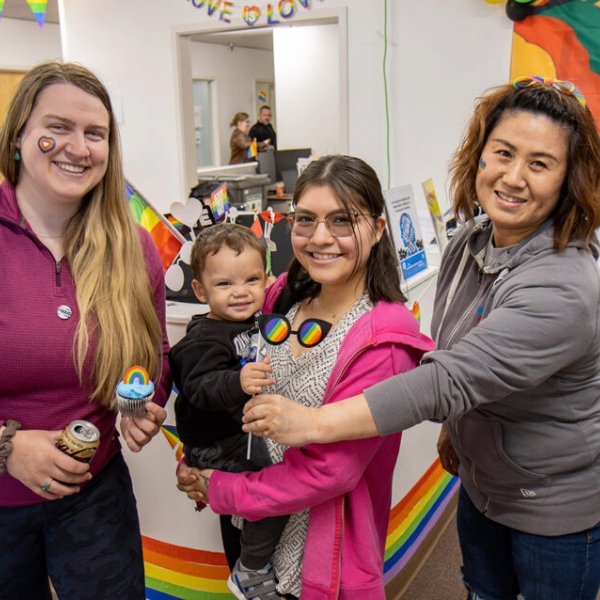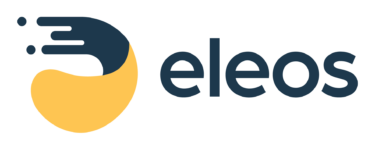
Interview with Julia Luey, President and CEO, Volunteers of America Alaska
There’s a beacon of hope in the darkest areas of Alaska. It shines brightly thanks to the passionate people of Volunteers of America Alaska, a National Council member organization in Anchorage that has been empowering Alaska’s youth, young adults and families for 42 years. We spoke with Julia Luey to learn more about her organization and the work they’re doing to connect people to care.
Tell me a little bit about your organization. What services do you provide?
“The Alaska affiliate of Volunteers of America (VOA) began in 1981 with a youth residential treatment facility in Eagle River. These humble beginnings have led to more than 40 years of empowering Alaska’s youth, young adults and families through behavioral health and wellbeing services. Our full continuum of care includes prevention education and early intervention, peer support and care coordination, mental health therapy, substance use counseling, family therapy, supportive housing and residential treatment. We are in schools, in the community and supporting Alaskans statewide via telehealth. Our strengths-based, person-centered services promote wellness in all areas of a person’s life. Those in our care steer the course of their journey, and we walk alongside them, providing connections and services designed to help them achieve their most meaningful goals.”
What are some of the biggest challenges facing Alaska’s youth and young adults?
“In the wake of COVID-19, Alaska’s youth and young adults continue to struggle. Alaska is number one in the country for youth suicides, and feelings of loneliness and depression were increasing even before the pandemic hit. Fentanyl has also been a major concern with our young people. Multiple youth — and these are kids we’re talking about — are getting their drug tests back and discovering the pills they got from a friend are laced with fentanyl. We’ve had overdoses in our families’ homes, in our schools and in local shelters. Thankfully, our vast continuum of care allows us to have multiple levels of response.
“On the prevention and early intervention level, our team is going into schools and other community events to share information and distribute naloxone overdose first aid kits. Our school-based clinicians are in the field every day, connecting with students and providing support to teachers and families. Our treatment services are designed to provide a seamless care transition as our youth reach their treatment goals. They can successfully complete our residential treatment program, move into our day treatment program and then continue with outpatient services. Our peer support specialist is also addressing the challenges our young people face by providing firsthand experience of how to apply everything they are learning in treatment, so they can reach their goals and build a healthy future.”
Do you have success story that speaks to your impact in the community?
“A youth came to VOA after his substance use moved beyond the scope of his previous provider. The team first tried regular treatment and group therapy, but he continued to struggle. The team reflected on what it meant to truly meet this young person where he was and decided to pivot from the structured treatment program environment and provide peer support only. When they met him in his environment and his stage of change, he began to thrive!
“Peer support provides mentorship, life-skills development and recovery skills through connection with others who have lived experience with substance use and mental health challenges. Peer support is offered to all clients enrolled in services and often paired with other treatment programs, but our staff can always tailor the specific support to a person’s individual needs. The parents of this youth have since shared that ‘he is completely different from this time a year ago.’”
What’s something exciting you’re currently working on?
“Our residential program has been an established American Society of Addiction Medicine (ASAM) level 3.5 program for its entire existence. Several years ago, we integrated ASAM level 3.1 to support transition and aftercare planning efforts. On the horizon is the integration of ASAM level 3.7 to our residential level of care service array. This will promote a seamless transition between the severity of care for those struggling with withdrawal symptoms and unmanaged psychiatric conditions. It will also increase our ability to provide psychiatric and medical services through our integrated care model. This will be the only ASAM level 3.7 in the state of Alaska serving youth!”
What would people be surprised to learn about your organization?
“Our continuum of care surprises a lot of people. We are one of the only organizations in Alaska offering this expansive range of services for youth. And as a nonprofit, we provide these services at no or low cost. No one is ever turned away due to an inability to pay. If families are not eligible for Medicaid, or if third-party insurance isn’t covering enough of the cost, we have several financial assistance options available. And beyond simply paying for services, our team does everything within our power to ensure those in our care have the support they need to be successful.”
The National Council’s membership consists of health care organizations and management entities across the U.S. that offer supports to millions of adults, children and families living with mental health and substance use challenges. Learn how to become a National Council member today!



